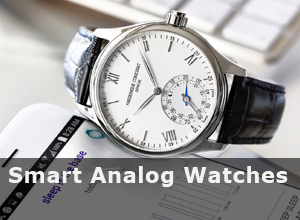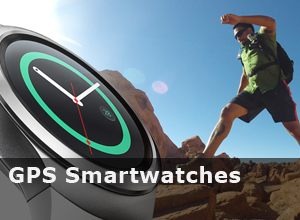2016 is shaping up to be a big for VR with all the big names due to be released and developers putting in overtime to make sure there’s no shortage of games and applications when they arrive.
If you’ve tried out any of the top VR HMDs you’ll know that they’re extremely immersive and the experience lives up to the name “Virtual Reality”, especially if you’re hooked in with a quality set of cans. I spent some time with the Samsung Gear VR and found that time almost ceases to exist. When I would take it off and cross back into the physical plane someone could have told me it was the year 2023 and I would have believed them.
To make the virtual experience more realistic, more of the senses need to be engaged. So far, two of the five senses are work when you plonk a VR unit on your bonnet – sight and hearing. As it’ll probably be sometime in the 22nd century before we can taste and smell things in the virtual world, the only sense left is touch.
Incorporating the sense of touch into virtual dimensions is exactly what London-based startup Teslasuit Ltd are doing. They are currently running a Kickstarter campaign for their haptic body suit. The campaign has so far raised £32,825 out of a £250,000 with 13 days left to run. I’m a bit surprised that they haven’t absolutely smashed the campaign goal given the potential of the Teslasuit and the amount of excellent feedback it has received – including some from mainstream media channels.

After three prototypes the Teslasuit is now the real deal. There are two suits featured on the Kickstarter page – the Prodigy and the Pioneer. As the Prodigy is the more advanced of the two we’ll concentrate on that.
The suit uses mild electrical impulses to transmit signals through the skin and muscles allowing you to feel what’s happening in the virtual world, or as called in the medical world, neuromuscular electrical stimulation. The Prodigy Teslasuit has 52 impact points built into the textile, and a pulse amplitude of 0-80 mA per channel. Powering the Prodigy is a rechargeable 3000mAh battery that can provide up to 4 days of haptic madness.

I know what you’re thinking! “It looks like it could get a bit hot wearing that suit!” Don’t worry, Tesla Studios have you covered as they’ve also installed a climate control system in the suit that responds to the virtual environment – maybe not so great if you’re on a virtual tour of Antarctica or Mount Vesuvius. Using the Climate Control feature cuts the 4 day battery life down to about 2 hours.
Worn with the suit is the T-Belt Control Unit. Onboard the T-Belt is an internal memory for haptic programs, a 16 – 54 haptic feedback system, a notification system and Bluetooth LE. The T-Belt is able to connect with all the devices worth connecting to: VR headsdets, gaming consoles, smartphones, tablets and PCs and Macs.

When looking at the Teslasuit, the first thought that springs to mind is combat games, but in reality its potential goes way beyond just gaming. It could be put to use in pretty much any industry, including exercise, communications, rehabilitation, military training, music performance and even hugging people in a different country over the internet.

Teslasuit Ltd are aiming to start shipping along with a developers kit and a VR paintball game with full haptic support in December 2016. Earlybird prices are £1,199 for the 16 channel Pioneer, and £2,499 for the 52 channel Prodigy.
You can head over to Kickstarter and get involved with the project.
By the way, Teslasuit Ltd No ancestral ties to the great Nicola and no corporate ties to Elon Musk, at least I don’t think so..
Like This Article? Why Not Try…
The Best VR Headsets Arriving in 2016
IonVR is a Big Step Forward For Smartphone VR
Canon Are Getting Into The Virtual Reality Game





































Leave A Comment